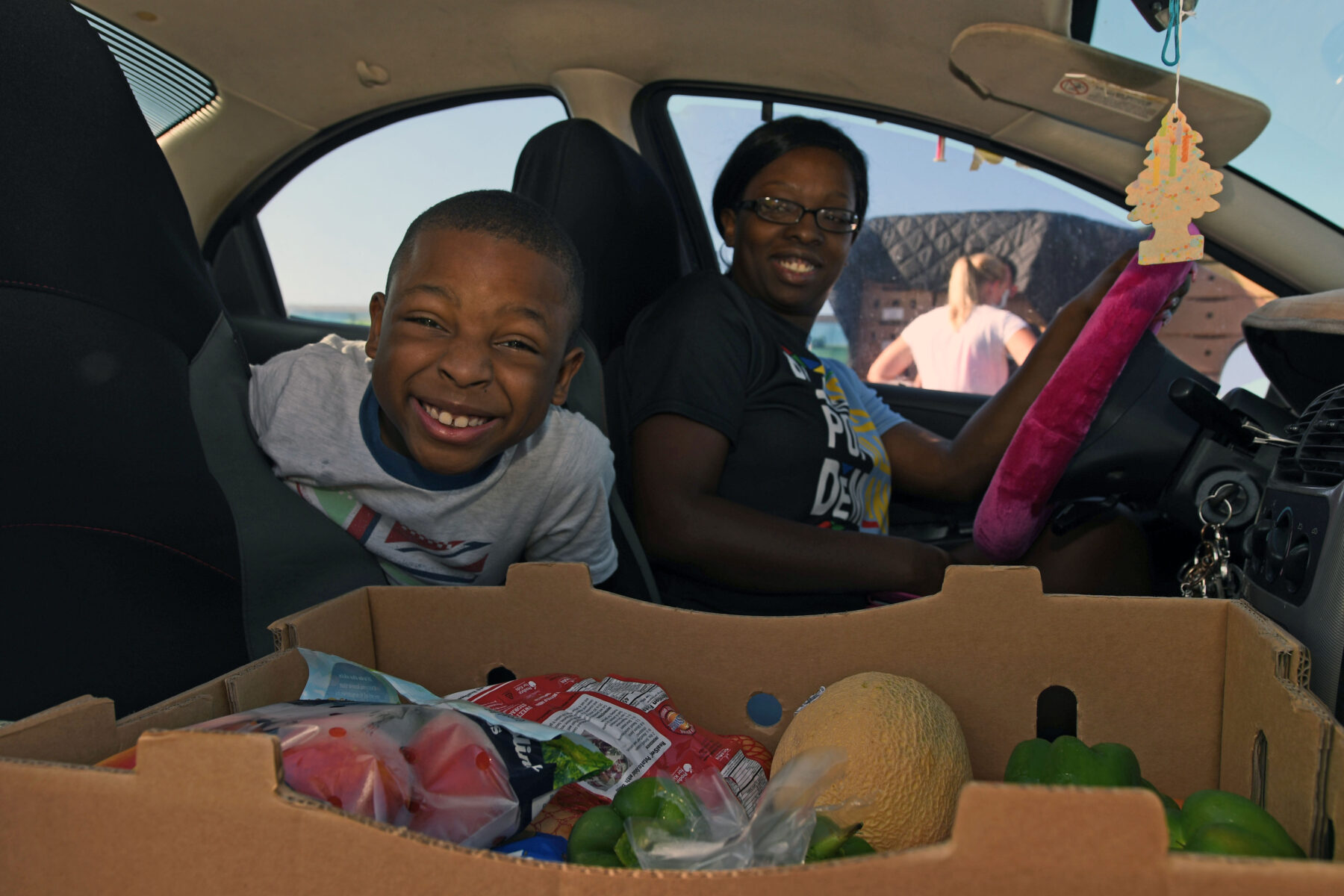Seafood donations reach 8 million servings in 2020

January 21, 2021
FOR IMMEDIATE RELEASE
Seafood donations to food banks reach 8 million servings in 2020
Increased donations from seafood sector critical to meeting growing demand
BAINBRIDGE ISLAND, WA — Covid-19 has had a severe impact on our nation’s food bank network and the millions of Americans that it serves. As a result, food bank traffic increased 60 percent in 2020. The U.S. seafood industry responded by increasing donations of high protein seafood to 8 million servings. SeaShare, the nation’s leading nonprofit seafood donor to food banks, combined donations from fishermen, processors, freight, packaging, and cold storage partners to send truckloads of seafood to food banks in 22 states.
Due to increased needs because of the pandemic, several organizations issued generous emergency grants. SeaShare worked with industry partners to maximize the results of those additional funds.
“It’s been incredibly rewarding to work with our seafood partners this year. The network we’ve built over the last 27 years provided strong results in 2020,” said Jim Harmon, SeaShare’s Executive Director. That network includes over 200 partners: boats, processors, distributors, and support companies across the country.
The nonprofit continued to capitalize on its unique effort to reduce waste in U.S. fisheries in 2020 by using incidental catch to feed hungry Americans. Over 6.5 million pounds of salmon and halibut that would have otherwise been thrown overboard have been reclaimed since 1994 and used to feed hungry families.
In Alaska, where seafood has particular cultural and dietary significance, donations reached 40 coastal communities in 2020. SeaShare has sourced, filled, and shipped freezers to five hub locations in Alaska. A freezer in Dillingham was replaced with a newer, 40-foot unit last year. Those freezers provide an ongoing benefit to the food banks, allowing them to accept and store larger donations of frozen food sent by barge rather than air freight. The freezers also support surrounding villages that couldn’t be served without those local networks.
“Food is expensive here, and protein is especially hard for our food bank to get. We are so thankful for the quality seafood that SeaShare provides,” said Barbara Nunn, Dillingham Food Bank Manager.
The challenges that began with the pandemic in 2020 will continue. Food banks will struggle again this year to fill shelves with quality protein. The seafood industry is dealing with reduced processing capacity, quarantines of products and crew, and increased labor costs. In response, SeaShare will continue its efforts to maximize results for everyone across the supply chain.
“The food banks continue to do incredible work. Our seafood partners remain generous. And SeaShare is in a strong financial position to distribute even more seafood in 2021,” said Harmon.
Please contact SeaShare if you can help feed nutritious protein to hungry Americans.